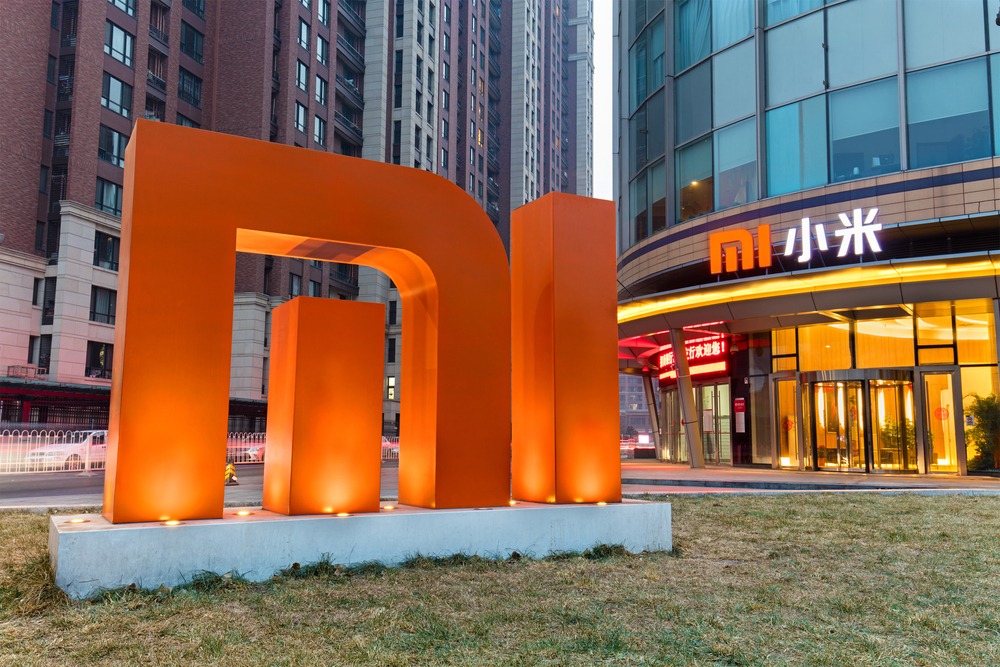The next wave of technology development will take place in Asia, according to Lew Chuen Hong. He is the director of Singapore’s Infocomm Media Development Authority (IMDA). This organization is in charge of the information, communication, and media sector.
Southeast Asia is home to a number of prominent companies like Sea Group, which operates the e-commerce site Shopee, Alibaba-owned Lazada. The region is also home to ride-hailing giants Grab as well as GoTo and online classifieds business Carousell.
Last year, millions of people across six Southeast Asian countries came online for the first time in 2020. The region saw a surge in the use of digital services, like e-commerce, food delivery, and online payment due to the Covid-19 pandemic. As many as 40 million people from the region came online last year. The total number of internet users in those Southeast Asian countries rose to 400 million, or nearly 70% of the population. Many of the new internet users came from non-metropolitan areas in Malaysia, Indonesia, and the Philippines.
Asia, the tech industry, and new opportunities
India and China have two of the world’s largest and fastest-growing internet populations. This makes China and India lucrative markets for large tech companies and start-ups. Several months ago, China Internet Network Information Center released information about the number of internet users.
By the end of last year, the country had 989 million internet users. For a sense of the scale of China’s nearly 1 billion internet users, its lead over India’s estimated 639 million users is 350 million. So, it is not surprising that local as well as foreign investors are willing to enter the world’s largest markets.
Countries located in other parts of Asia also have the potential to support local companies. One such country is Singapore. Singapore wants to become an “innovative regulator” that can protect the interests of internet users and companies. The city-state is not alone as other countries are also trying to find a balance between human rights and new technologies.
To tap into that opportunity, the country needs to ensure that it is always at the forefront of research and technology. Singapore needs to invest, the city-state needs to ensure companies are adopting digital technologies in a timely manner. The country has to make sure there is sufficient, skilled talent across the board to drive innovation.
















